- Home
- About Us
- Products
-
Heat-Pump Dehumidifier DeAir
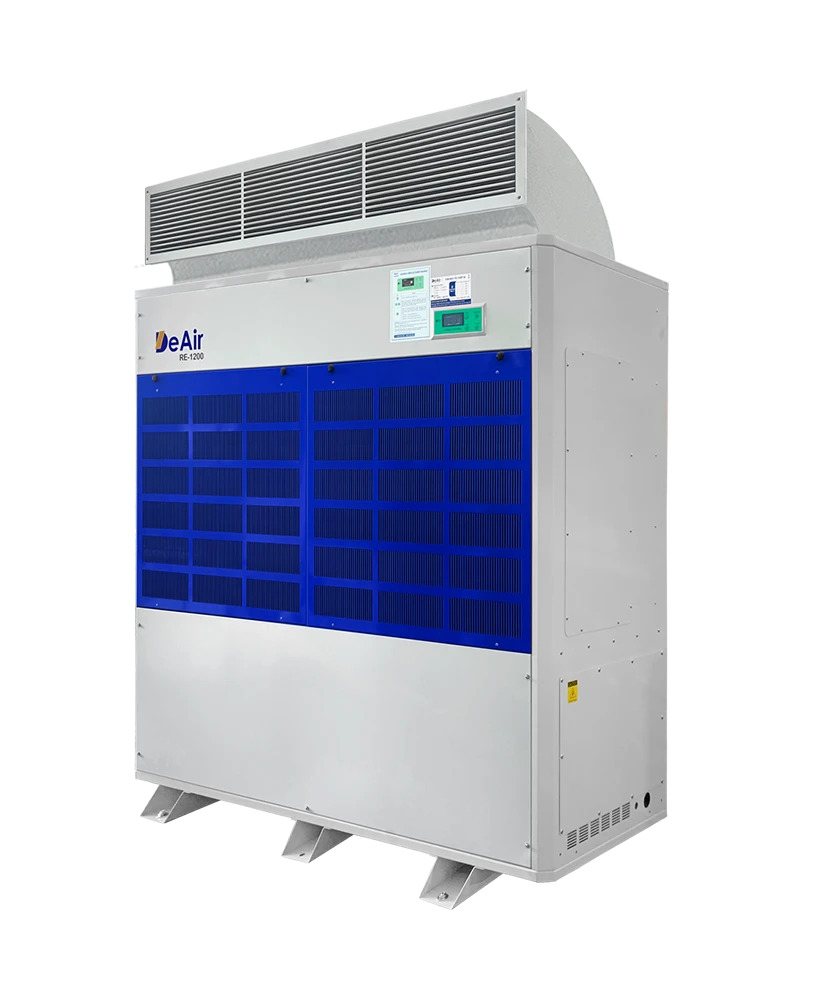 DeAir.RE
DeAir.RE -
Heat-Pump Dryer DeAir.RE-H
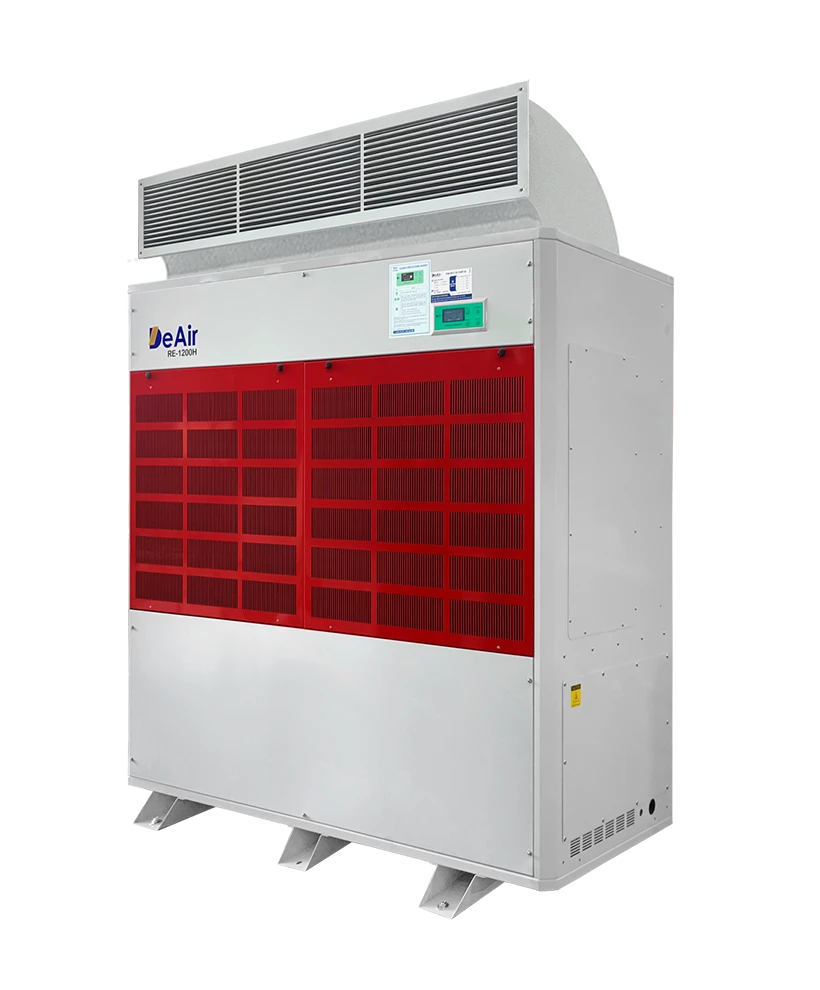 DeAir.RE-H
DeAir.RE-H -
Heat-Pump Stainless Steel Dehumidifier
 DeAir.RE-INOX
DeAir.RE-INOX -
Heat-Pump Isothermal Dehumidifier DeAir.CRE
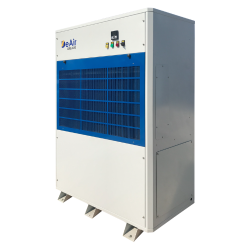 DeAir.CRE
DeAir.CRE -
Dezenno Dehumidifier
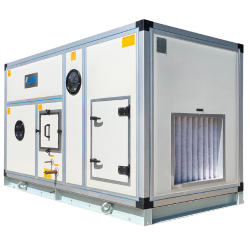 Dezenno
Dezenno -
Heat-Pump Ceiling Mounted Dehumidifier DeAir
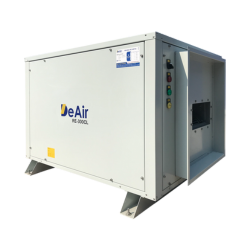 DeAir.RE-CL
DeAir.RE-CL -
Dehumidifier Olmas
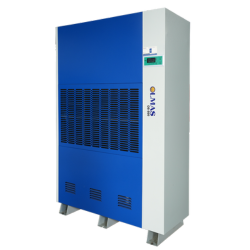 Olmas-OS
Olmas-OS -
Industrial Humidifier DeAir
 DeAir.HM
DeAir.HM -
Heat-Pump Dryer Daxwell
 Daxwell
Daxwell -
Electric Duct Heater DeAir
 DeAir.Heat
DeAir.Heat -
Air Handling Unit Dezenno.MAX
 AHU
AHU
-
- Services
- Projects
- Warranty – Maintenance
- News
- Contact
Humidity Control for the Electronics Industry: Comprehensive Solutions with DeAir Equipment
30/05/2025
Humidity Control for the Electronics Industry: Comprehensive Solutions with DeAir Equipment
Vietnam, characterized by its tropical monsoon climate, frequently experiences high humidity levels, often above 80%. These weather conditions pose significant challenges for manufacturing and product preservation, especially in the sensitive electronics industry. In an environment where every small component can be affected by even minor environmental changes, humidity control isn't just a technical requirement; it's a vital factor determining quality and production efficiency.

Industrial humidity control equipment consists of specialized systems designed to maintain air humidity levels in production areas, warehouses, and clean rooms at a specific target value. DeAir, with its extensive experience and specialized capabilities, offers comprehensive humidity treatment solutions, helping electronics businesses control their environment, protect assets, and enhance business efficiency.

Why Does the Electronics Industry Need Strict Humidity Control?

Electronic components are the backbone of modern technology, and they are highly sensitive to temperature and humidity. Uncontrolled humidity can cause significant damage:
- Decreased quality of components and products: High humidity can cause electronic components to rust, warp, or even short-circuit. Moisture can condense, leading to short circuits, corrosion of circuit boards, or device failures during testing. Moisture ingress also causes corrosion and destruction of electronic materials. High humidity also accelerates material degradation, such as corrosion of metal connections. Conversely, excessively low humidity can make materials brittle, prone to cracking, and pose many risks, especially in electronics manufacturing environments.
- Causes electrostatic discharge (ESD): When humidity drops below 30% RH, the air becomes dry and conducts electricity more readily, leading to electrostatic discharge (ESD). Even tiny ESD events are enough to completely damage an active microchip or circuit board. Low humidity also increases the ability to transmit static electricity.
- Affects production processes: Inappropriate humidity reduces the operational efficiency of machinery and equipment. The presence of moisture prevents materials from bonding effectively, for example, moisture-sensitive adhesives or coatings can peel off or have reduced bond strength.
- Damage to machinery and equipment: Moisture causes corrosion and rust to metal parts, damages electronic circuit boards, and reduces the lifespan of production and packaging equipment. High humidity causes air filtration systems, air conditioners, or industrial dehumidifiers to overwork, increasing maintenance and operating costs. Unstable humidity also causes equipment to degrade quickly.
- Compromises safety and affects worker health: Humid environments easily lead to slips and falls, creating conditions for mold and bacteria to grow, increasing the risk of respiratory diseases and allergies. Conversely, dry environments (too low humidity) cause dry skin, tired eyes, nasal inflammation, or respiratory irritation. Maintaining a safe humidity level helps workers feel comfortable and increases productivity.
- Regulatory compliance: The electronics industry has strict standards for microclimate conditions (temperature, humidity) that must be complied with. International standards like ISO 14644 are closely related to humidity control in clean rooms.
- Details National Standard TCVN 8664-1:2011 (ISO 14644-1:1999) on Cleanrooms and Associated Controlled Environments
Ideal Humidity Levels in Electronics Factories
There isn't a "fixed" humidity level that applies to all areas within an electronics factory. Specific humidity requirements will vary depending on each stage of component manufacturing and storage.
- Chip and semiconductor manufacturing areas: These areas require extremely low humidity, typically below 40% RH, and can even go down to 1% RH or lower to prevent oxidation, corrosion, and especially the "popcorning" effect during heating. Higher-grade clean rooms (such as Class 100, Class 1000) require even more precise humidity control, usually ranging between 30 – 40% RH.
- General electronics component manufacturing areas: Typically maintain humidity levels at 30 – 45% RH to avoid static charge buildup. The 30 – 40% RH range is considered optimal in most sensitive clean rooms, such as those for electronics, due to the ideal balance between static control and limiting microbial growth.
Clearly defining each humidity "zone" allows for the design of a more flexible, efficient, and cost-effective industrial dehumidification system.

Comprehensive Humidity Control Solutions from DeAir for the Electronics Industry
An effective dehumidification solution for factories in the electronics industry involves the synchronous integration of various technologies. DeAir provides comprehensive equipment and solutions to meet these stringent requirements.
-
Industrial Dehumidifiers: Their main function is to reduce humidity in the air. For the electronics industry, especially areas requiring extremely low humidity:
-
Rotor (adsorption) Dezenno dehumidifier: This is the optimal choice for achieving the ultra-low humidity levels required in the electronics industry. Rotor technology uses desiccant materials (usually silica gel) to absorb moisture, operating effectively even at low temperatures and humidity, capable of achieving very low humidity. Dezenno rotor dehumidification equipment from DeAir is manufactured to European standards in Vietnam, specifically designed to control both absolute and relative humidity down to very low dew points. Dezenno machines feature double-walled insulation, light weight, can withstand harsh operating conditions, and use the highest quality desiccant rotors. They can control airflow infinitely with a frequency converter, helping to save electricity.
-
Heat-Pump DeAir dehumidifier: DeAir applies energy-saving Heat Pump technology in its industrial humidity treatment solutions. This technology outperforms conventional condensing machines by reusing heat, significantly saving electricity and maintaining stable dehumidification performance even at low ambient temperatures. DeAir's Heat-Pump models include:
- DeAir.RE (Floor-standing): Suitable for various spaces, from residential to industrial, prioritizing dehumidification efficiency and power savings. Available in models with diverse dehumidification capacities (60 kg/day to 1200 kg/day).
- DeAir.RE-H (Heat-Pump Drying): Capable of operating at higher temperatures, suitable for applications requiring dehumidification in relatively high-temperature conditions or combined with drying.
- DeAir.RE-INOX (Stainless Steel Casing): Similar to RE-H but with a stainless steel casing, increasing durability and suitability for environments requiring high hygiene or with corrosive properties, such as in industries with high cleanliness requirements.
- DeAir.RE-CL (Ceiling-mounted): Ceiling-mounted design saves floor space, suitable for areas requiring optimized space such as factories, warehouses, and laboratories.
- DeAir.CRE (Isothermal): Stands out with its ability to precisely control both humidity and temperature simultaneously. This is the biggest difference, crucial in special applications like laboratories, museums, or production processes sensitive to temperature changes.
-
Olmas industrial dehumidifier: Uses condensing technology, suitable for medium-scale production environments with temperatures ranging from 15°C - 40°C. Can be applied in storage warehouses, food and pharmaceutical factories, precision machining workshops, museums, and exhibition halls. (Note: Condensing technology's efficiency decreases at low temperatures and struggles to achieve extremely low humidity like Rotor technology).
-
-
Industrial Humidifier Equipment: Its main function is to increase humidity in the air when the environment is too dry. Although the electronics industry primarily needs dehumidification, humidity control sometimes requires adding moisture if the environment becomes too dry (below 30% RH) to prevent electrostatic discharge (ESD) and health issues for employees.
- DeAir.HM humidifier: DeAir offers the DeAir.HM humidifier series with various technologies such as spray, evaporative, ultrasonic, and electrode, depending on application requirements. The HM series is manufactured in Vietnam, equipped with Japanese Shenei humidity sensors for precise humidity control within +-3%. Typical applications include the textile industry, clean rooms, woodworking, and printing.
-
Air Handling Unit (AHU) Equipment: AHU plays a central role in air treatment and distribution.
- Dezenno.MAX Air Handling Unit (AHU): Specifically designed to meet indoor air quality requirements. In humidity control systems for the electronics industry, air will be dried through a dehumidifier (especially a rotor dehumidifier) before being sent to the AHU for temperature conditioning and distribution to production areas. This combination ensures that the air not only has a suitable temperature but also achieves extremely low humidity. AHU Dezenno.MAX offers diverse airflow rates and a sturdy frame with Polyurethane insulation panels, ensuring airtightness and thermal efficiency.
-
Integrated and Automatic Control System: A comprehensive solution is not just individual pieces of equipment but a synchronously integrated system. DeAir has the capability to customize and manufacture equipment according to each customer's requirements, as well as consult on solution design and integrate air treatment equipment into HVAC systems for projects.
- An automatic system with high-precision humidity sensors, a PLC controller, and SCADA or BMS software will continuously monitor, record data, and adjust the operation of the dehumidifier and the entire HVAC system to maintain humidity at the set level 24/7. DeAir supports engineers in selecting and integrating humidity treatment equipment into air conditioning systems.
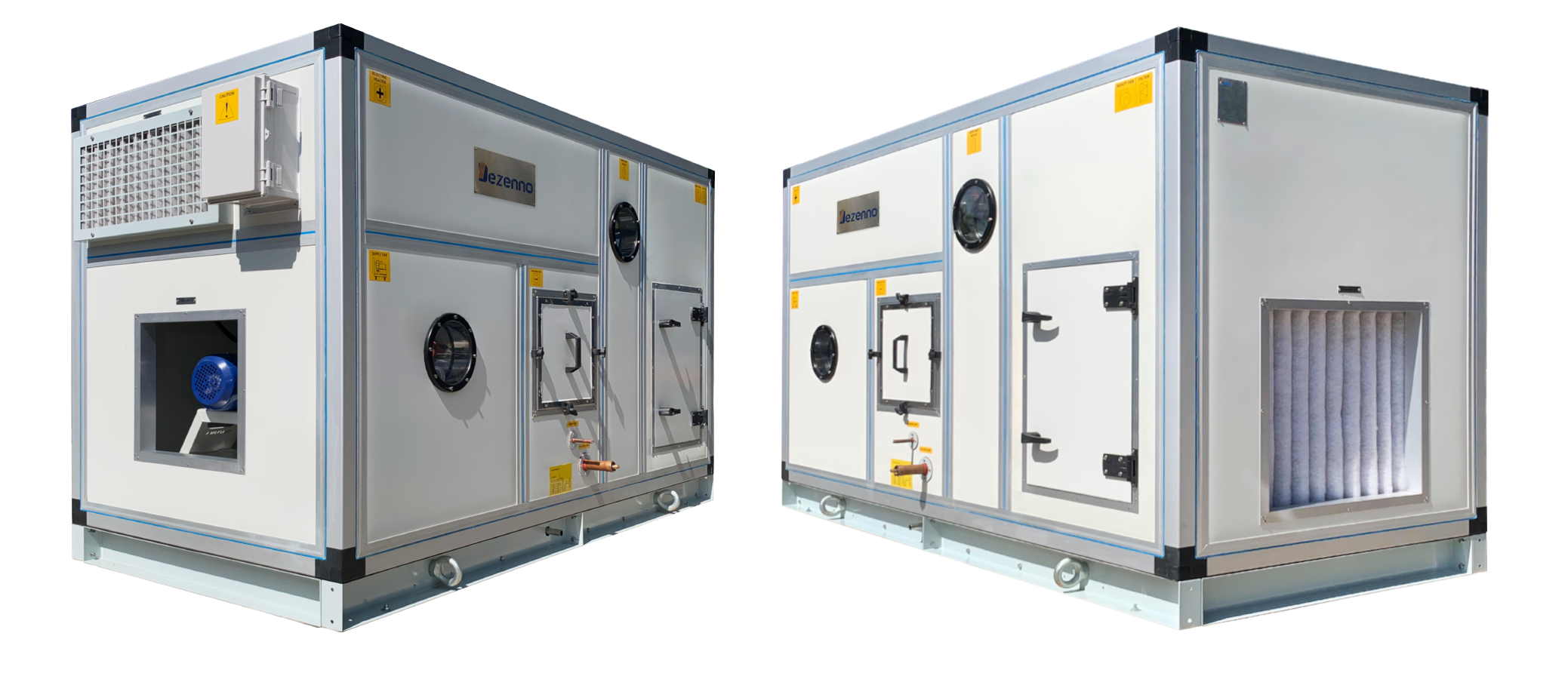
Services and Commitments from DeAir
DeAir not only supplies equipment but also acts as a reliable partner with professional consultation and implementation processes:
- Survey and Analysis: Detailed assessment of environmental conditions and production needs.
- Custom Solution Design: Selection of the most suitable equipment (DeAir dehumidifier/Dezenno - especially the specialized rotor series, AHU, filtration systems, controls) and optimal system design.
- Professional Installation: Installation carried out according to technical standards.
- Operation and Maintenance: Providing operation guidance services, periodic maintenance, prompt repair, and technical support, ensuring the system always operates at its best. All technical service activities strictly adhere to processes standardized under ISO 9001:2015. DeAir also provides consulting and maintenance services for dehumidification equipment from other brands.
- Manufactured in Vietnam: DeAir is proud to have a modern factory in Ho Chi Minh City, allowing for proactive control over product and component supply.

Benefits of Choosing DeAir's Comprehensive Humidity Control Solutions
Investing in a comprehensive humidity control solution from DeAir brings many outstanding benefits for electronics factories:
- Ensured product quality: Minimizes component damage due to humidity, enhancing the durability and performance of electronic products. Reduces product defect rates.
- Enhanced competitiveness: High-quality products help businesses meet stringent standards and access more demanding markets.
- Optimized operating costs: Reduces defect rates, rework costs, and warranty expenses. Heat Pump technology and optimal equipment selection significantly reduce operating costs.
- Minimized risks: Prevents potential incidents caused by high humidity such as short circuits, equipment damage, ensuring safety for personnel and assets. Effective static electricity control.
A reference example shows that DeAir successfully implemented a rotor dehumidifier system integrated with AHU for an electronics component manufacturing plant, helping maintain stable humidity below 30% RH and reducing the product defect rate by 15%.

Conclusion
In the electronics industry, humidity control is a crucial factor for ensuring product quality, production efficiency, and equipment durability. Given the specific requirement for very low humidity in sensitive areas, selecting appropriate technology and equipment, especially Rotor dehumidifiers, along with AHU air handling systems and automated control systems, is extremely important.
DeAir, with its experience, manufacturing capability in Vietnam, and ability to custom-build equipment, is confident in being a reliable partner, providing comprehensive and high-quality industrial humidity control equipment solutions, including specialized Rotor Dezenno dehumidifiers, diverse Heat-Pump DeAir dehumidifiers, DeAir.HM humidifiers, and AHU Dezenno.MAX. DeAir commits to delivering optimal "tailor-made" solutions, professional technical services, and standardized warranty and maintenance policies, accompanying the sustainable development of electronics businesses in Vietnam.
To receive in-depth consultation and find the most suitable humidity control solution for your electronics factory, please contact DeAir immediately.
Contact Information DeAir:
- Hotline: 0925 977 579
- Email: deair@deair.com.vn
- Office & Factory: 442/8 National Highway 1A, An Phu Dong Ward, District 12, Ho Chi Minh City
- Homepage: deair.com.vn

Sign up for news from DeAir
Related news






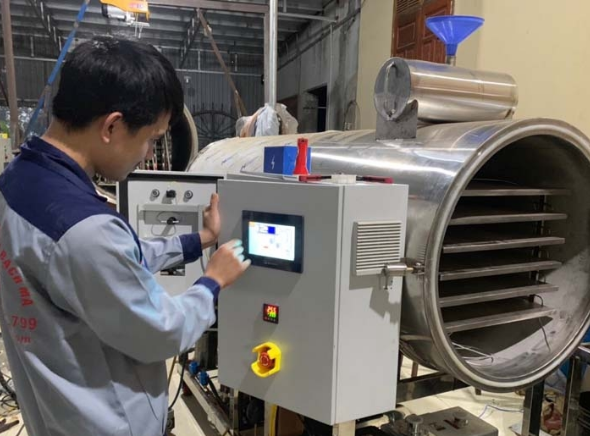



![[Case Study] DeAir Installs DeAir.De Rotor Humidity Control System for Pharmaceutical Plant in Binh Duong [Case Study] DeAir Installs DeAir.De Rotor Humidity Control System for Pharmaceutical Plant in Binh Duong](https://deair.com.vn/thumbs/news/2023_04/ban_giao_may_cho_duoc_bd/[270x153-cr]image1-1024x772.jpg__cv.webp)

![[Review & Guide] Olmas OS-300: The New Humidity Control "Warrior" for Medium to Large Warehouses [Review & Guide] Olmas OS-300: The New Humidity Control "Warrior" for Medium to Large Warehouses](https://deair.com.vn/thumbs/news/huong_dan_su_dung_may_olmas_21/[270x153-cr]vtm06440.png)